- Also Known As
- Hachschara-Lager in Löhnberg, Hachscharah-Kibbuz Löhnberg, Hachscharah-Kibbuz Löhnberg-Hütte, Kibbuz Löhnbergerhütte
- Type of Hakhshara
- regular Hakhshara
- Founded
- circa 1935
- Opened
- April 1936
- Closed
- 1938
- Operating Area
- Main house with accommodations, kitchen and workshop, garden, stables
- Areas of Training Offered
-
horticulture, home economics, woodworking, agriculture, metalworking, animal husbandrygardening (fruits, vegetables), cattle breeding, dairy production, arable farming, shop (furniture production), canal work
- Description
-
Siegfried Hony, a Jewish industrialist from Wissen/Sieg, bought the buildings and land of the former iron ore smelter “Löhnberger Hütte” in Löhnberg on the Lahn in 1935. In April 1936, the Maccabi Hazair scout association founded a Hakhshara site there on the initiative of members of the Jewish Ivira rowing club from Berlin. Accommodations and workrooms were set up in one of the buildings purchased by Hony. The participants also ran their own workshop, and maintained a large garden and stables. The first director of the institution was Martin Neter. He stayed in Löhnberg for more than a year. It is unclear who took over from him.
The names of 28 members of the Hakhshara on the Löhnberger Hütte are known up to now. Some of them stayed for only a few months before continuing their training elsewhere in Germany or abroad, emigrating to Palestine or moving back to cities within Germany. At least eight participants from Löhnberg were in Sweden to continue their training in the summer of 1937.
The participants at the Löhnberger Hütte received training mainly in horticulture, home economics, agriculture and animal husbandry. There is documented proof that cows were kept. Some of these were bought from Hermann Seligmann, a cattle trader from Löhnberg. In the summer of 1936, a team of oxen was purchased so that agricultural work could be carried out independently. In addition, a sewer system was constructed and furnishings were produced in the workshop. Photos exist showing female members of the Hakhshara while they are doing laundry at the nearby Kallenbach river. The kibbutz also held educational events such as weekend seminars that were also open to non-members. The cultural program also included weddings and engagement parties.
A special feature of the Hakhshara in Löhnberg was the athletic achievements of its members, in particular the track and field athlete Franz Orgler, which were also reported on in the contemporary Jewish press.
There were also individual contacts to the few Jews living in Löhnberg, such as the family of Hermann and Toni Seligmann. For example, they repeatedly celebrated Shabbat together. In December 1936, the synagogue in the neighboring town of Weilburg was used for a public Hanukkah celebration, which was attended by around 50 Jewish men and women from the surrounding area. There was also some contact to non-Jewish residents of Löhnberg.
From the summer of 1937 at the latest, the authorities were exerting enormous pressure on the Jewish participants. The mayor of Löhnberg and district council in Weilburg made the accusation that the actual purpose of the Hakhshara, namely preparation for emigration and its implementation, was not being fulfilled. The Hakhshara in Löhnberg was finally dissolved in early 1938, though the circumstances remain unclear. Contemporary eyewitness accounts by non-Jewish residents say the closure happened in fear and in haste. The participants are said to have left during the night. Details about the sale or possible confiscation cannot be retraced.
Today, the main house where the Hakhshara participants lived is in good condition. It is privately owned and used as a residential building. It is no longer possible to determine which of the demolished or still standing stables or which farmland had belonged to the Hakhshara. There are no commemorative signs indicating its former use as a Hakhshara site.
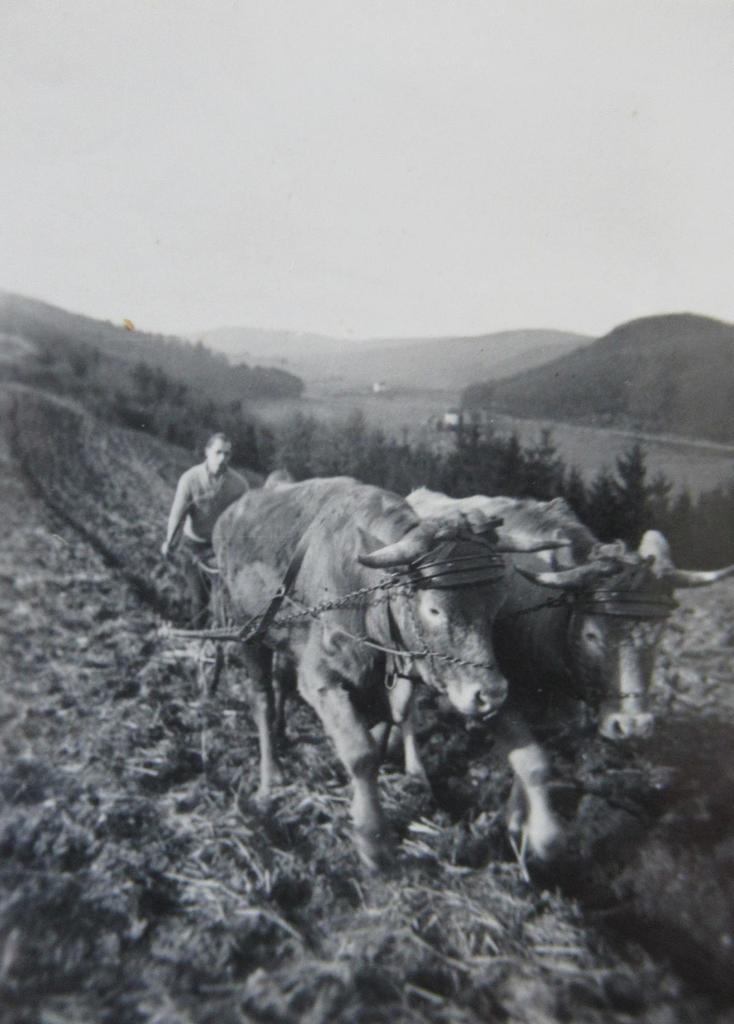
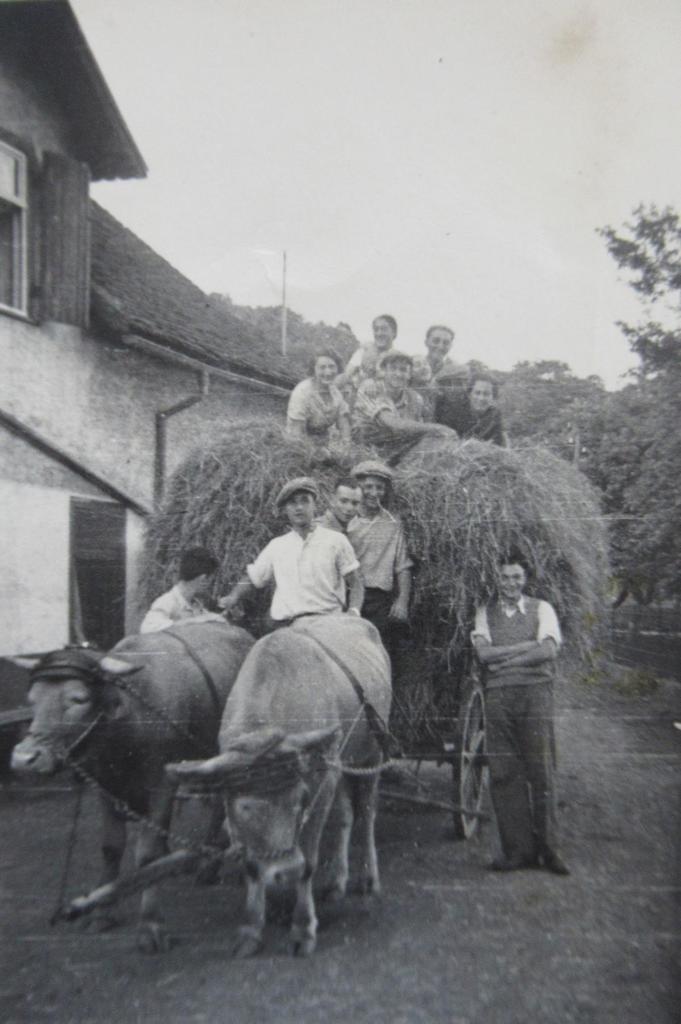
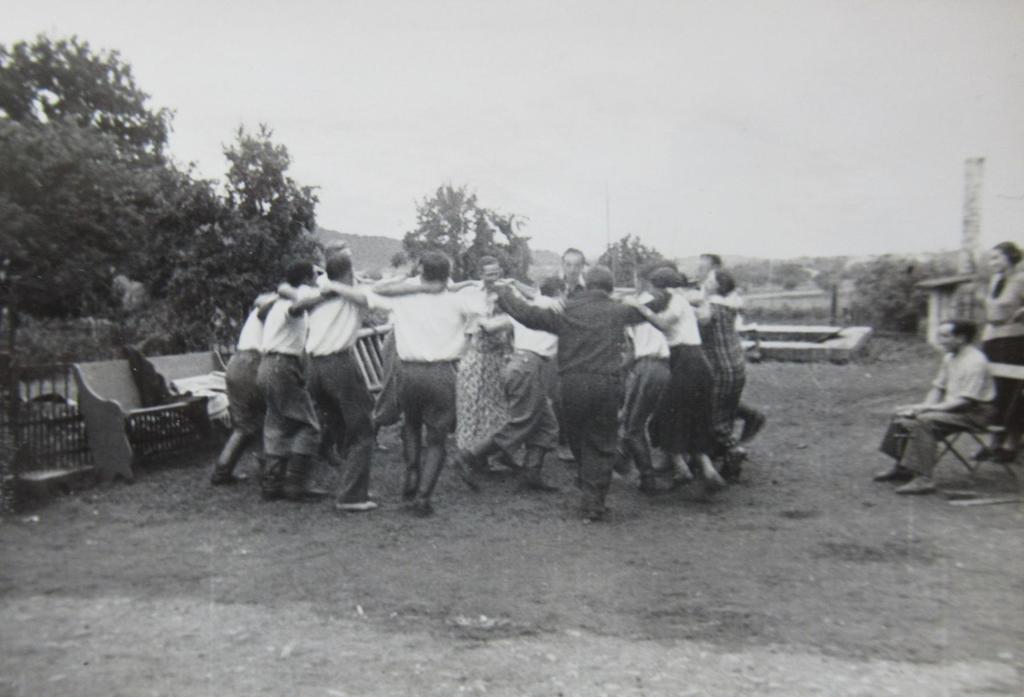
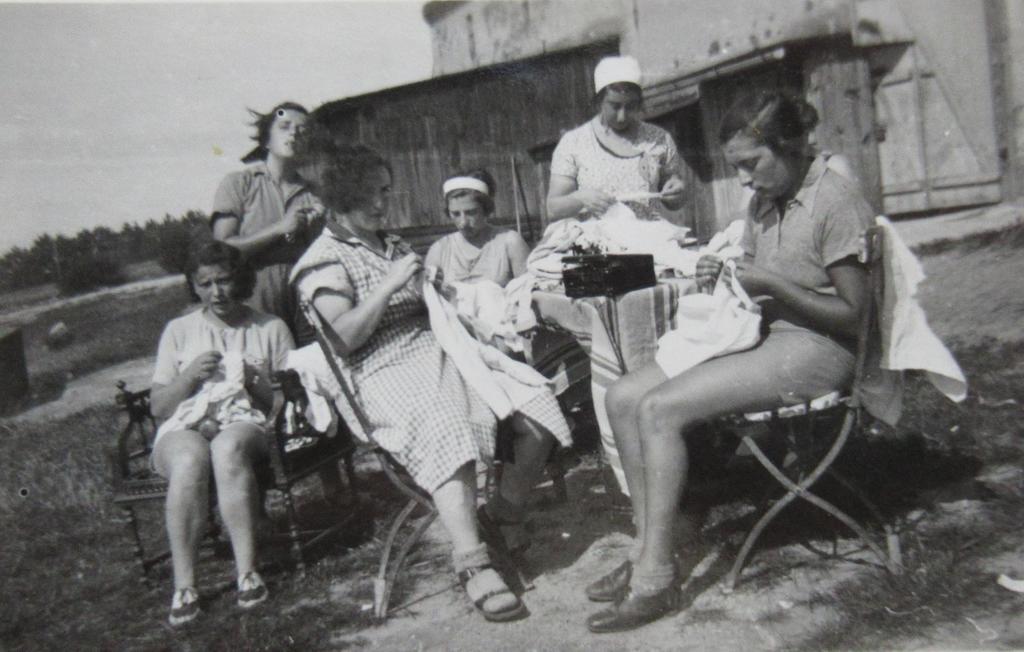
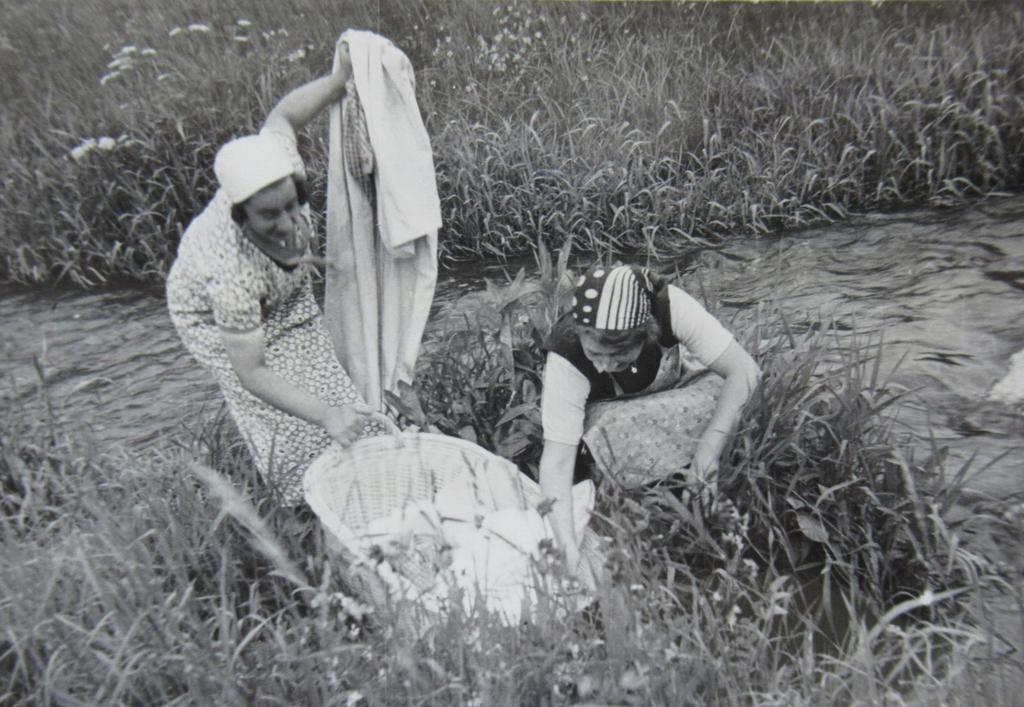
- State of Conservation
-
partially preserved
nicht nachvollziehbar
- Related Organizations
-
Jüdischer Pfadfinderbund Makkabi Hazair (sponsor)Jüdischer Ruderklub Ivria (associated)
- Related Persons
-
Hony, Siegfried (owner)Neter, Martin (director)
- Literature
-
Markus Streb: Ein Kibbuz im Lahntal – Die Hachschara-Stätte „Löhnberger Hütte“ von 1936-1938, in: Rundbrief der Gesellschaft für christlich-jüdische Zusammenarbeit Limbug e.V. (2) (2020). pp. 25–30. online: <http://cjz-limburg.de/PDF/Rundbrief_2_2020.pdf>
Recommended Citation
Markus Streb, Hakhshara Kibbutz Löhnberghütte, in: Hakhshara as a Place of Remembrance, December 12, 2022. <https://hachschara.juedische-geschichte-online.net/en/site/9> [January 08, 2026].
Address
Löhnberger Hütte 235792 Löhnberg